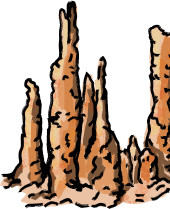Written accounts of visits to the cave go back to Richard Polwhele in 1783 and include Beatrix Potter in 1893 and Agatha Christie in 1924.
Richard Polwhele (1783)
..my visit to this cavern hath given me fresh cause to regret that a county, the second in extent in England and the most various and diversified in soil and external appearance hath not produced one man who would undertake to celebrate its natural productions."
Dr Maton (1797) in "Observations from the western counties"
"A singular cavern, called Kent's Hole, is considered as the greatest curiosity in this part of the country."
Mr W Hyett (1803)
"the road opens into a spacious field, the lower part of which (a coppice) contains that celebrated cavern Kent's Hole, the aperture of which is not of any great magnitude and is almost shrouded in bushes."
Haile Selassie
Emperor of Ethiopia, Haile Selassie and spiritual leader of the Rastafarians, visited Kents Cavern and was so impressed with the visit that he gave his guide, Leslie Powe a gold sovereign.
King George V
As a 14-year old prince, the future King of England visited Kents Cavern in 1879 while Queen Victoria, his grandmother, spent some time in Torquay.
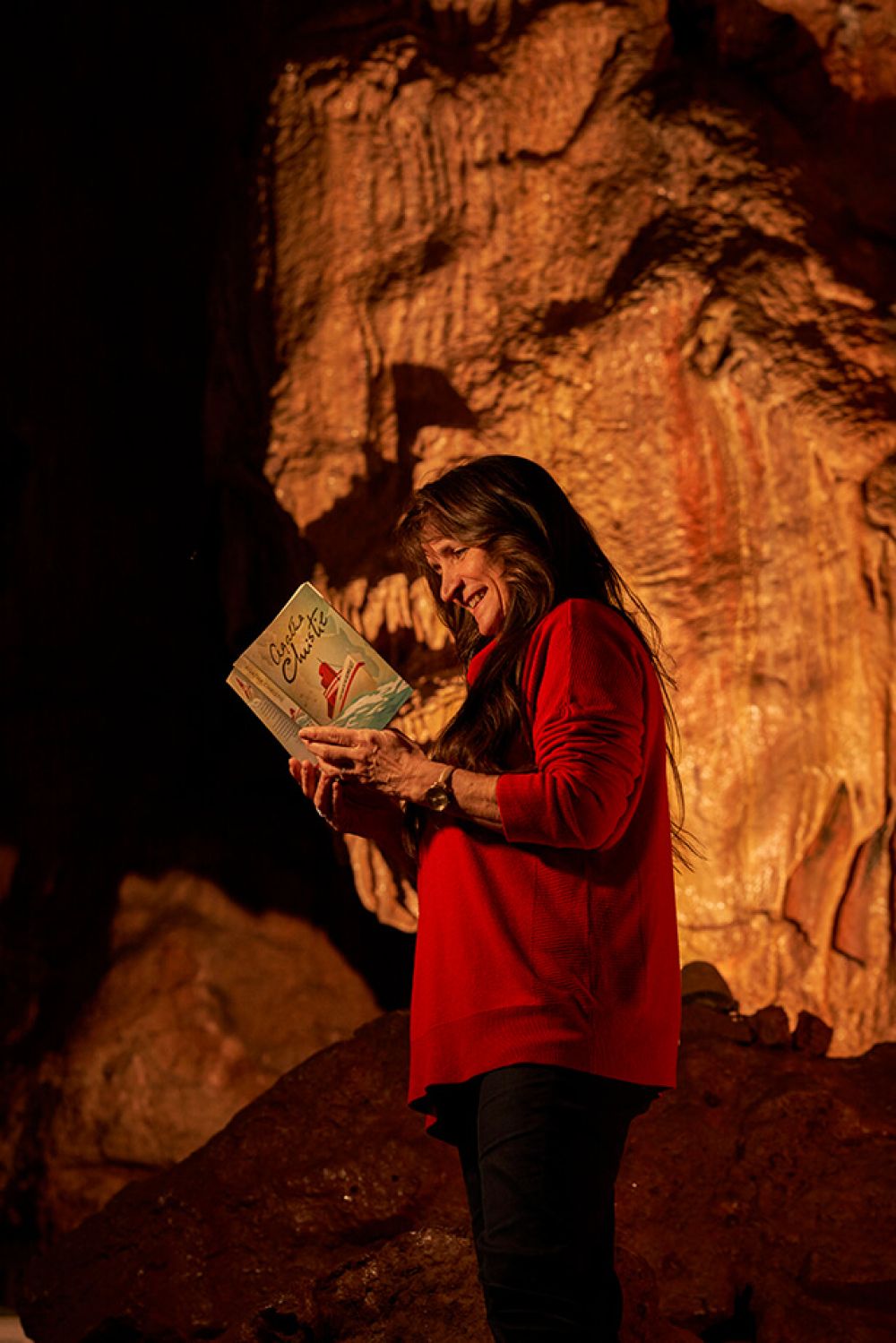


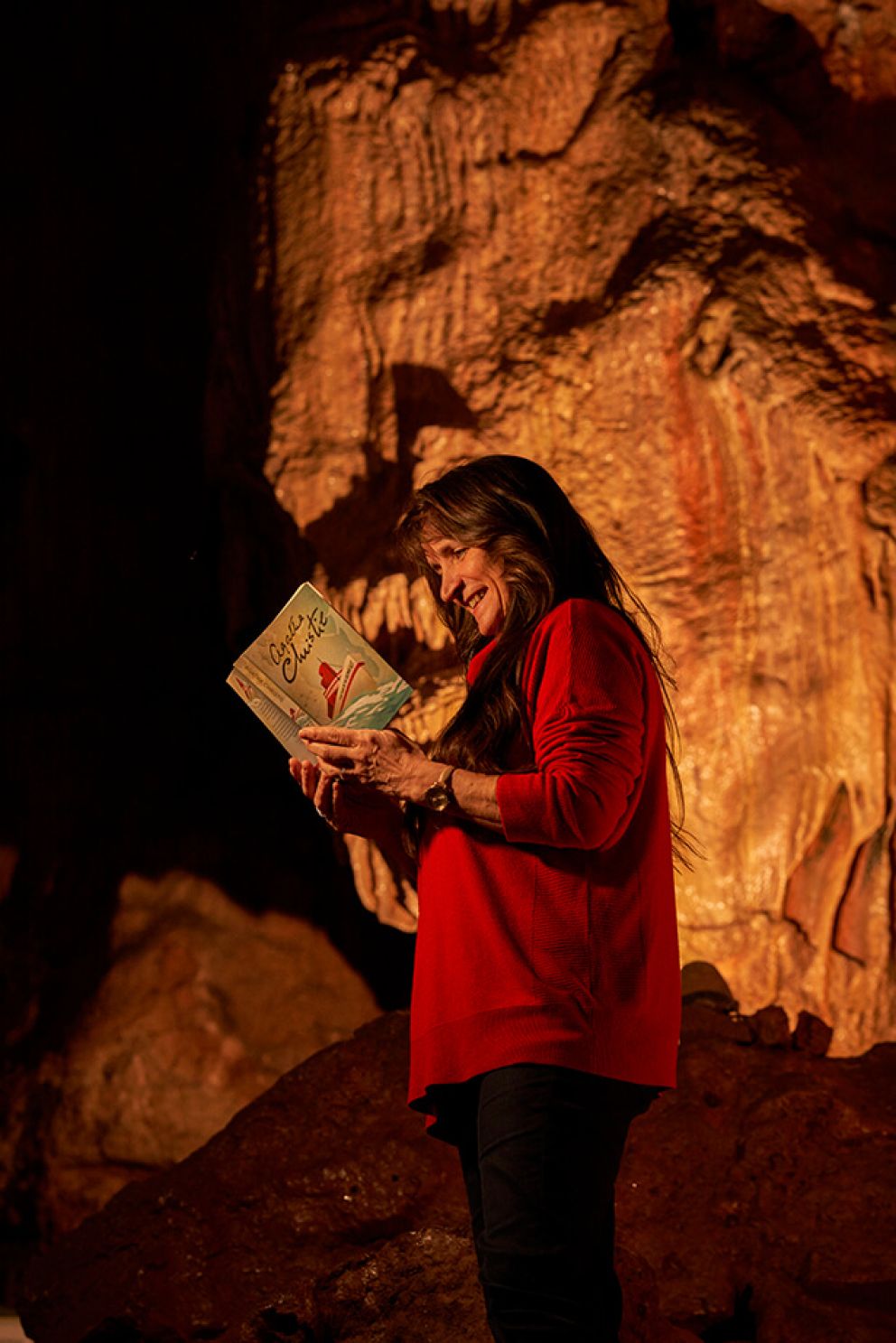
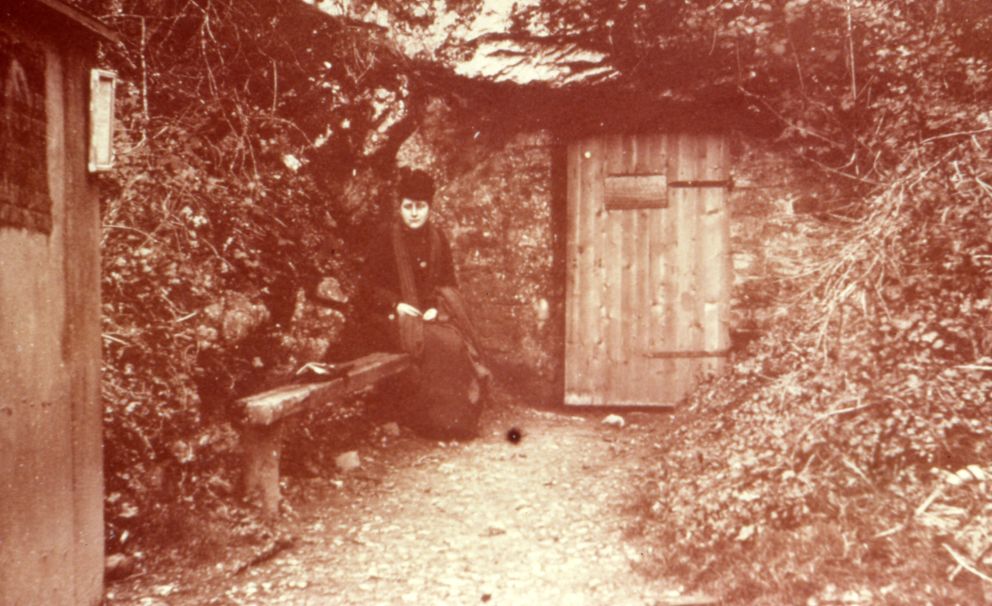
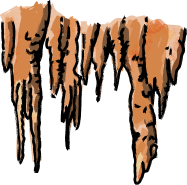
 picked.cave.lively
picked.cave.lively